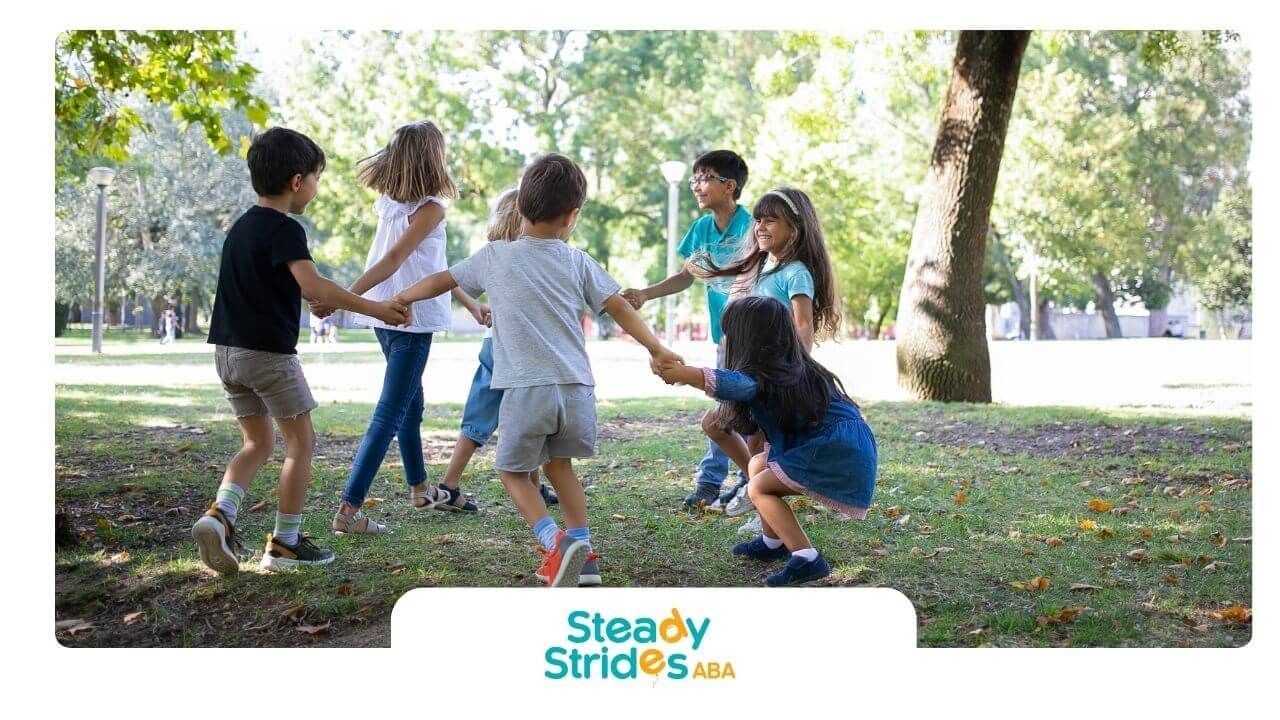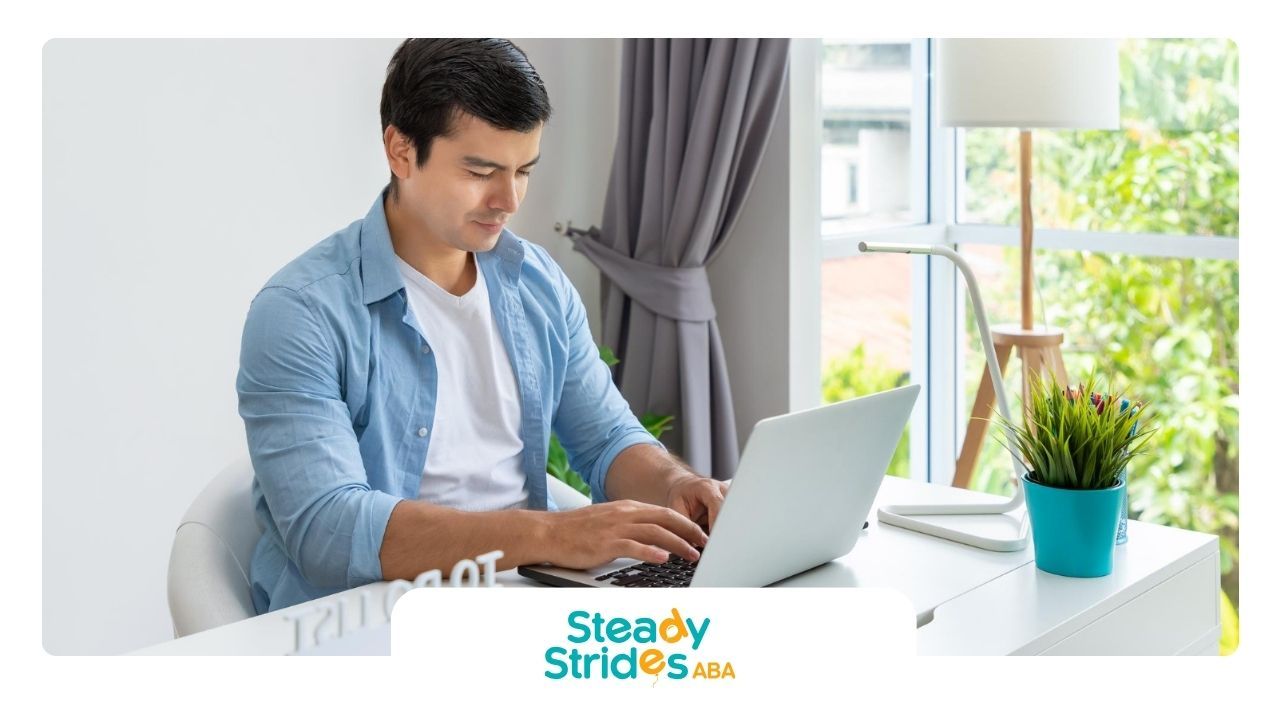Understanding Love Languages in Autism
When it comes to love and autism, things can look a bit different. Autistic folks often have their own special ways of showing they care, and these might not always match up with what most people expect. But that doesn’t make them any less meaningful. Recognizing and valuing these unique expressions can help build stronger, more genuine connections.
Unique Ways of Showing Affection
Autistic people often show love in ways that might seem unusual to others. For instance, they might lay a blanket on your lap or offer a comforting touch. These actions, while they might seem small or odd, are their way of saying, "I care about you."
They might also show love by doing practical things for you instead of saying it out loud. They often have a knack for sensing when someone needs something and stepping in to help. These gestures are their way of connecting and showing affection, even if they don’t always use words.
Challenges in Expressing Love
Expressing love can be tricky for autistic individuals, mainly because of social and communication hurdles. These challenges can make it hard for them to show their feelings in ways that others easily understand. Patience and openness to different forms of communication are key.
By understanding these challenges, we can develop better ways to connect. Being aware of the unique ways autistic people express love helps create an environment where they feel valued and understood.
Nonverbal Communication and Affection
In the autism community, love often comes through nonverbal communication and gestures that might not be what you’d expect. Understanding these methods can help you connect better. Two common ways are friendly gestures and spending quality time together.
Friendly Gestures and Expressions
Simple actions like smiles, high fives, and gentle hugs can mean a lot. Autistic people might show love by doing something rather than saying something. These small gestures can build a stronger bond and create a sense of connection.
Quality Time and Shared Hobbies
Spending time together doing things they love is another great way to show you care. Whether it’s playing board games or working on a creative project, these activities can help you bond. Showing genuine interest in their hobbies communicates your love and support.
Remember, each autistic person is unique. Understanding their specific preferences and communication styles is key to building strong relationships.
Sensory Considerations in Romantic Relationships
Romantic relationships can be a bit more complex for autistic individuals due to sensory issues. Understanding these sensory aspects is crucial for a healthy relationship.
Sensory Features and Intimacy
Intimacy involves multiple senses like touch, sight, and smell. For those with sensory processing issues, these experiences can be different. Some might be more sensitive to certain stimuli, while others might be less sensitive.
Navigating Sensory Challenges
Here are some tips to help navigate sensory challenges in romantic relationships:
- Talk About Activities: Discussing activities beforehand can help reduce anxiety and make things more predictable.
- Create Routines: Routines can help autistic individuals feel more secure and manage sensory overload.
- Allow Breaks: Recognize that they might need breaks during intimate activities.
- Understand Sensory Thresholds: Knowing what they are sensitive to can help create a comfortable environment.
- Consider Movement Challenges: Be aware that some activities might be harder due to issues with planning and movement.
By understanding these sensory considerations, partners can create a more comfortable and enjoyable experience.
Autistic Individuals in Romantic Relationships
Autistic individuals can and do thrive in romantic relationships, though they might approach them differently.
Capabilities and Approaches
Despite some misconceptions, many autistic people want and have romantic relationships. Research shows that most high-functioning autistic individuals have had romantic experiences. They can experience love and satisfaction in their relationships, regardless of their partner's neurotype.
Communication styles and expressions of affection can vary, reflecting their sensory preferences and love languages. Open and honest communication is key to understanding and meeting each other’s needs.
Emotional Regulation and Relationship Dynamics
Emotional regulation is important in these relationships. Sensory issues and intense emotions might require extra support. Developing strategies for emotional regulation can lead to healthier relationship dynamics.
Research suggests that autistic couples often have higher relationship satisfaction compared to mixed neurotype couples. Shared experiences and understanding each other’s needs can foster deeper empathy and connection. However, each relationship is unique, and dynamics can vary.
Support from friends, family, and professionals can play a big role in the success of these relationships. Access to resources and guidance can help these relationships grow and thrive.
By recognizing the unique approaches and capabilities of autistic individuals in romantic relationships, we can create a more inclusive and supportive environment. This understanding can foster empathy and help develop strategies that enhance the well-being of autistic individuals in their romantic endeavors. For more information on autism and love languages, check out our article on autism and love languages.













